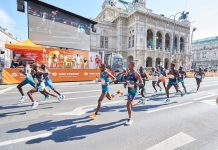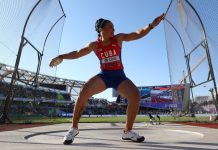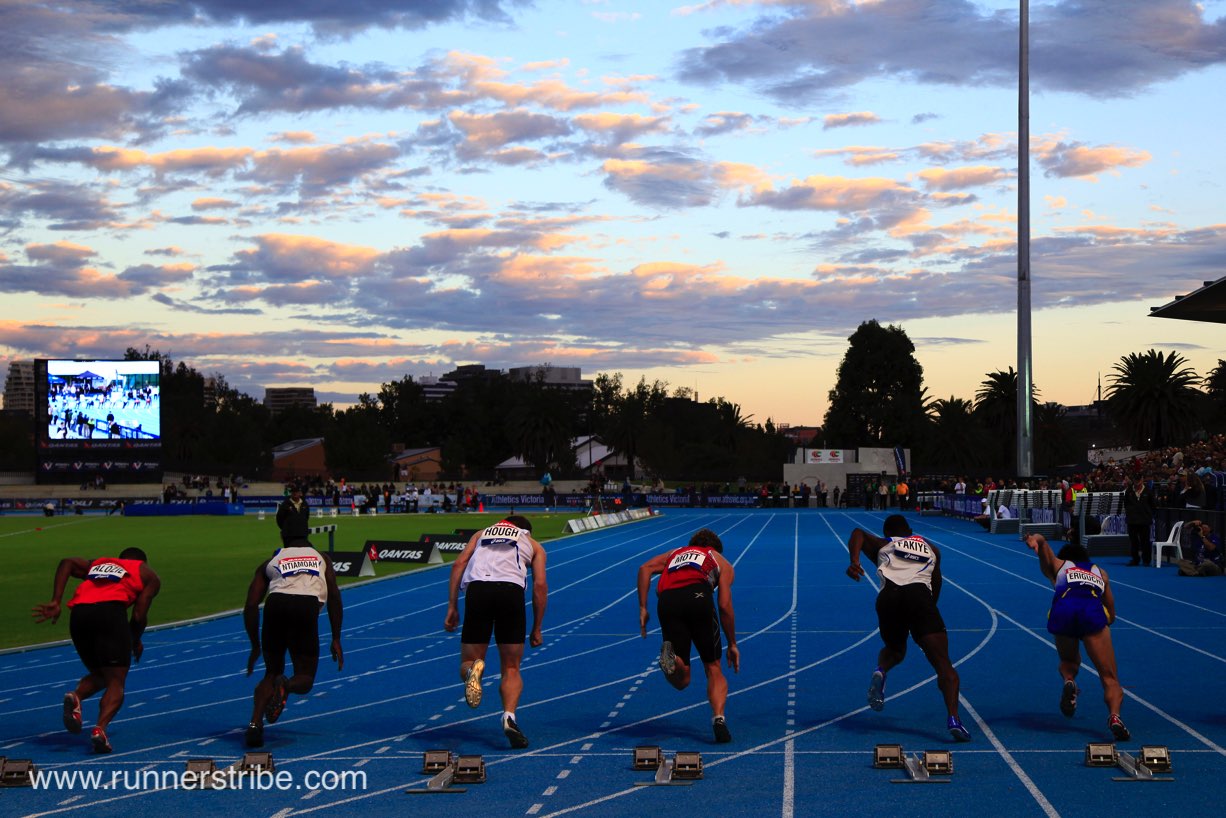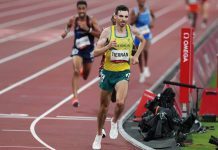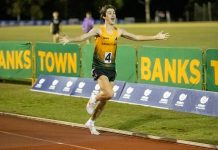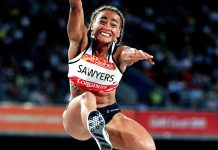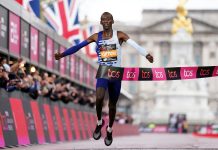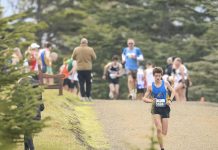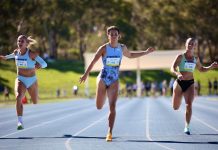‘Twas the night before Nitro, when all through the house . . . ‘, well, actually, all through most athletics houses people were tossing and turning, sleeping fitfully, if at all, hoping Nitro Athletics would be a Boltaway success.
A lot is riding on Nitro. It is kicking goals, though each positive further feeds the expectation that the series needs to be a success, nimble, agile and innovative Nitro dragging staid, old athletics out of the doldrums. You’ve got free-to-air television for pretty much the first time this century (Commonwealth and Olympic Games excepted), solid ticket pre-sales, the world’s greatest athlete and the IAAF president reckons Nitro could be the innovation the sport needs – what could go wrong.
Plenty, as any meeting director anywhere in the world knows all too well. And there will be relief all round if Saturday, 4 February at Melbourne’s Lakeside Stadium goes off spendidly.
We could be on the verge of the next big thing – the NBT – which prompted me to think of various other times in Australia’s sporting history when athletics seemed to be poised on the verge of the ‘NBT’.
Not wanting to put the mozz on anyone or anything, you’d have to say that it hasn’t gone all that well. To be fair, the reason has usually been that previous NBTs were a single event – the chase for the 4-minute mile, the 1956 or 2000 Olympic Games, the Melbourne 2006 Commonwealth Games. Once one NBT is reached, you’ve got to wait for the next one to come along.
Which, of course, is another reason the Nitro launch is well-placed. The Gold Coast 2018 Commonwealth Games will keep athletics closer to the front of minds for the next 15 months. The first two Nitro series will benefit from the timing.
Let’s look at earlier NBTs in athletics history and what happened subsequently.
My first choice would be the 1930s which saw both the establishment of an Australian National Games and Sydney’s hosting of the British Empire Games in 1938. The National Games were envisaged as a multi-sports event which would help select Australia’s Olympic teams.
Athletics was contested on the Melbourne Cricket Ground in 1932 and at Adelaide Oval (in 40-deg heat in the non-existent shade) four years later. There was also a Victorian Centenary Games on the MCG in 1935. These were the Great Depression years, so it was difficult to build momentum or, more importantly, financial resources.
Then, of course, along came World War II. Sport, and sporting contests, were severely curtailed.
If war halted the first NBT surge, Australia’s relative isolation from the physical impact of the war and its consequent quicker recovery allowed sport to thrive. John Landy’s chase for the four-minute mile and the build-up to the Melbourne Olympic Games kicked in to create the wave which led to Australia’s golden sporting era.
One of the first signs of this NBT was a women’s athletic carnival featuring the star of the London 1948 Olympic Games, Fanny Blankers-Koen. The flying Dutchwoman drew a crowd of almost 25,000 to the carnival, staged at the MCG in January, 1949.
On the same tour a Lithgow teenager named Marjorie Jackson shocked the Dutch Olympic champion in a 100 metres race in Sydney, leading the Blankers-Koen camp to duck further races against Jackson.
A few months later, Melbourne was awarded the 1956 Olympics. Momentum continued to build from there through the 1950 Empire Games in Auckland and the Helsinki 1952 Olympics, where Jackson won the sprint double and Shirley Strickland the hurdles.
With exquisite timing, a young man named John Landy came back from a failed Helsinki campaign to run a 4:02.1 mile in interclub competition at Melbourne’s Olympic Park in December, 1952. Landy’s pursuit of the four-minute barrier drew huge crowds to the innovative ‘twilight’ meetings at Olympic Park. He drew crowds everywhere to watch him race.
Landy took the year off competitive athletics in 1955, but by then Olympic momentum was starting to take over as Australian stars emerged in not just athletics, but all sports – Dave Stephens, Merv Lincoln, Betty Cuthbert, Marlene Mathews, Jon Henricks, Dawn Fraser, Murray Rose – the list kept on growing.
The wave did not end with the Melbourne Olympics as Herb Elliott, Ron Clarke, Ralph Doubell, Derek Clayton, Raelene Boyle, Maureen Caird and Pam Kilborn were among those who kept it going through the 1960s. It receded gradually after that, with mini-peaks around the Ken Elphick meetings in Sydney and Melbourne in the late 1970s.
The run-up to the Sydney Olympics was the next occasion athletics seemed poised to be the NBT. Led by David Prince and Neil King, Athletics Australia had established a domestic circuit in the early 1990s and as pre-Olympic sponsorship washed in, things really began to buzz.
Both the Melbourne and Sydney legs of the national series boomed in the lead-up to Sydney. In 1996, Cathy Freeman broke 50 seconds for 400 for the first time in Melbourne, one of four national records at the Track Classic. Sydney had Carl Lewis compete in 1997 – his legend far out-shone his on-track performances – then had Daniel Komen break eight minutes for two miles the following year. Nike involvement delivered a slew of international stars, many of them keen to experience the trip to Australia before the Sydney Games.
The Sydney wave also delivered the 2001 Goodwill Games to Brisbane and the 2001 IAAF Grand Prix final to Melbourne before it, too, petered out. Melbourne 2006 was more of a single peak than a sustained wave.
Will Nitro Athletics be any different. What makes you think it might be is that Nitro offers a new format of competition, rather than a one-off event. If the format works, the prospect of selling the competition around the world will be greatly enhanced, generating vital revenue for the sport.
In that case, the NBT really would change the game.
END
About the Author-
Len Johnson wrote for The Melbourne Age as an athletics writer for over 20 years, covering five Olympics, 10 world championships and five Commonwealth Games.
He has been the long-time lead columnist on RT and is one of the world’s most respected athletic writers.
He is also a former national class distance runner (2.19.32 marathon) and trained with Chris Wardlaw and Robert de Castella among other running legends. He is the author of The Landy Era.





